Passive Solar Strategies for the Home
Take advantage of passive solar heating to warm your home – it's cost-effective and easier than you might think.
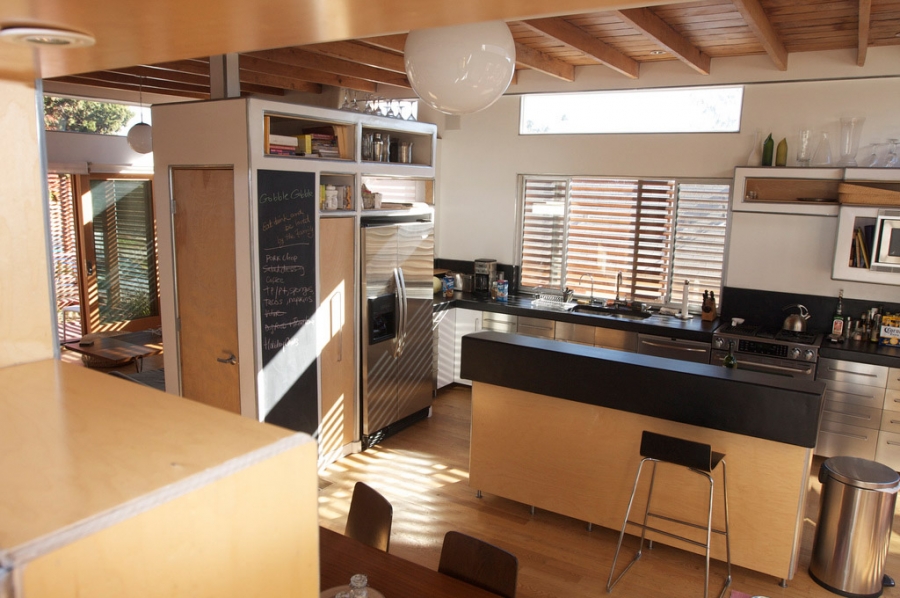 (CC BY 2.0) by Jeremy Levine Design
(CC BY 2.0) by Jeremy Levine Design
Using solar power is becoming more affordable because of improving technologies and new financing models for residential and commercial solar panel installations. However, too little attention is paid to one of the most cost-effective ways to take advantage of the sun – passive solar heating.
Think of your car on a sunny day: closing the windows traps heat and warms the car’s interior, while opening the windows allows heat to escape and cools it. That's passive heating and cooling in a nutshell. And it uses zero energy.
With rising energy costs and the effects of global warming already upon us, we need to rethink the way we heat and cool our homes and approach these tasks with maximum efficiency in mind. Why waste electricity or burn fossil fuels if direct sunlight can raise the temperature of a room or house for several hours for free?
On the Sunny Side of the Street
Even if the houses in a typical subdivision all look the same, you can be sure their heating bills aren't. Assuming that everything else is equal, houses with several large windows exposed to the sun will benefit from passive solar gain for a few hours each day. If the sun shines directly on a stone or brick fireplace, ceramic tile floors, or even jugs of water, you're storing heat for later use. This stored heat is released slowly, warming the air even after the sun has set. A slowly rotating ceiling fan and open interior doors can help to distribute the heat throughout the house.
These are the rudimentary principles behind effective passive solar design: taking advantage of the local climate to heat and cool buildings with less dependence on mechanical systems. Each climate region has specific variables that need to be considered whether you’re buying or building a home, so you should seek expert advice to learn what factors contribute to the overall effectiveness of a passive solar home.
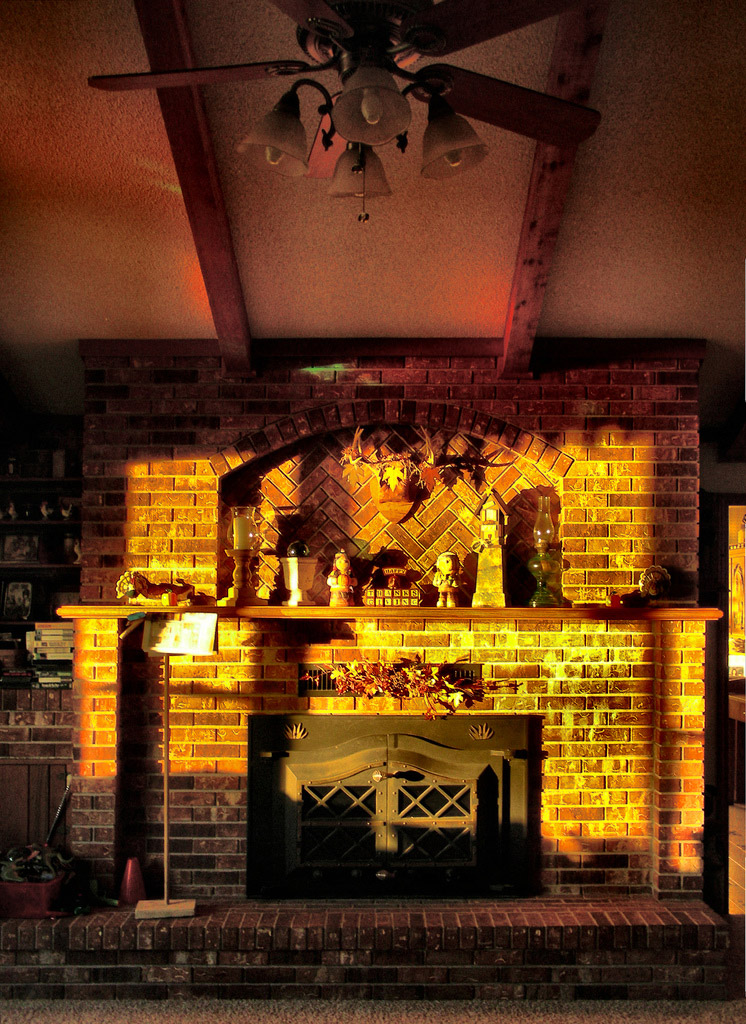
The Key Design Elements
Passive solar design includes elements both inside the home and the surrounding environment. When properly managed, these elements of passive solar design will help to heat and cool your home from season to season.
Orientation. Your home should be oriented so that the most or the largest windows are facing south in the Northern Hemisphere (north in the Southern Hemisphere).
Insulation/Air sealing. Insulation should meet or exceed the recommended levels for your climate region to help to maintain both cool or warm interior temperatures.
Absorption/Reflection. Consider finishes and materials that will absorb or reflect heat as desired.
Thermal mass. Certain building materials can reduce temperature fluctuation by absorbing heat and slowly releasing it back into the house: concrete, masonry, and water all make good thermal mass materials.
Distribution. Whole house fans distribute hot and cold air as needed and thoughtfully located windows allow cross breezes for cooling.
Control. You can plan for seasonal variations by incorporating changing or changeable elements like window shading, deciduous trees, and windbreaks into your passive solar design. Roof overhangs should allow sunlight in when the sun's path is lower in the winter but help to shade the windows in the summer when the sun is higher in the sky. Well placed deciduous trees can also provide shade in summer without blocking sunlight in the winter.
Managing Passive Heating and Cooling
Managing passive systems is really pretty simple and intuitive. In the winter you let the sun warm the house during the day and keep it from escaping at night. In the summer you do the opposite – you want to exclude the sun's heat during the day and let cooler air in at night.
_by_Daryl_Mitchell.jpg)
Keeping warm in winter involves:
-
opening drapes on south-facing windows to allow direct sunlight in during the day,
-
keeping drapes closed on windy exposures if possible to reduce cold air infiltration, and
-
closing drapes at night to reduce heat loss through the glass.
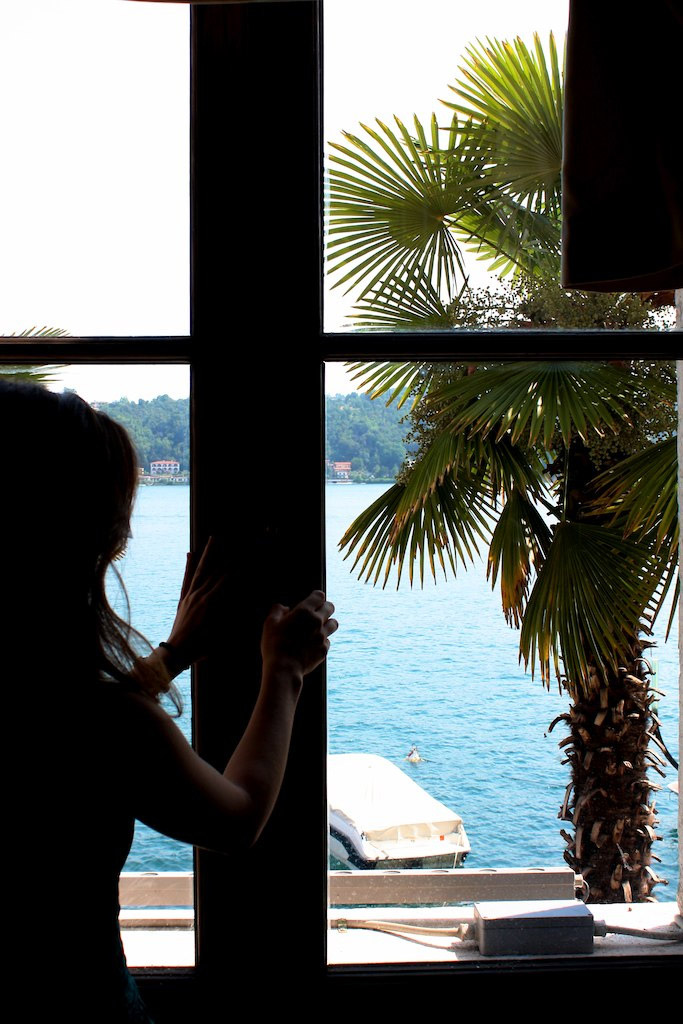
Keeping cool in summer involves:
-
closing all the windows first thing in the morning,
-
closing drapes on windows to exclude direct sunlight during the day,
-
opening windows once the outside temperature is lower than inside, and
-
utilizing cross breezes or fans to bring in cooler outside air at night.
Heating Your Home with Pop Cans
You can find lots of different designs for passive solar heating units – the type that intrigues me the most uses aluminum beverage cans to collect the sun's heat and ducts the heated air into your house with a small fan. The original concept for the "pop can" solar heater was the brainchild of a fellow from Newfoundland, Canada. His design is produced and sold commercially under the CanSolAir name. It's well engineered and uses materials with the most efficient thermal performance.
You can find various articles and plans to build DIY pop can solar heaters online, some of which are well done and include good construction tips. I've yet to build one myself, but I did research the various designs online in 2011. You can read that post, 7 DIY Pop Can Solar Heaters, on my Stonehaven Life blog.
Future Planning
Another aspect of a passive solar home to keep in mind is the potential to add active photovoltaic (PV) solar panels in future. A roof with a southern exposure, sloped for your climate region, is well suited for solar panel installation.
It makes good sense for us to take advantage of nature's forces to heat and cool our houses, further reducing our dependence on electrical energy and fossil fuels. Even if you can't achieve all the conditions for optimum passive heating and cooling, every effort – no matter how small the benefit may seem – is a step in the right direction.

Rick Atkinson
Rick Atkinson works from (and on) his century-old farmhouse in New Brunswick, Canada. His professional and freelance career has ranged widely, contributing to an unusual mix of experience: as musician, retail manager, video producer/editor, CAD designer, woodworker, DIYer, beekeeper. He keeps a close eye on global events, particularly energy and climate change, new technologies, and long-term social and economic trends. Currently, Rick freelances in Kitchen & Bath cabinet design and CAD drawings for a custom cabinet shop. After hours, he creates original woodworking projects and plans, and writes about home improvement and design on his blog,StonehavenLife.com.



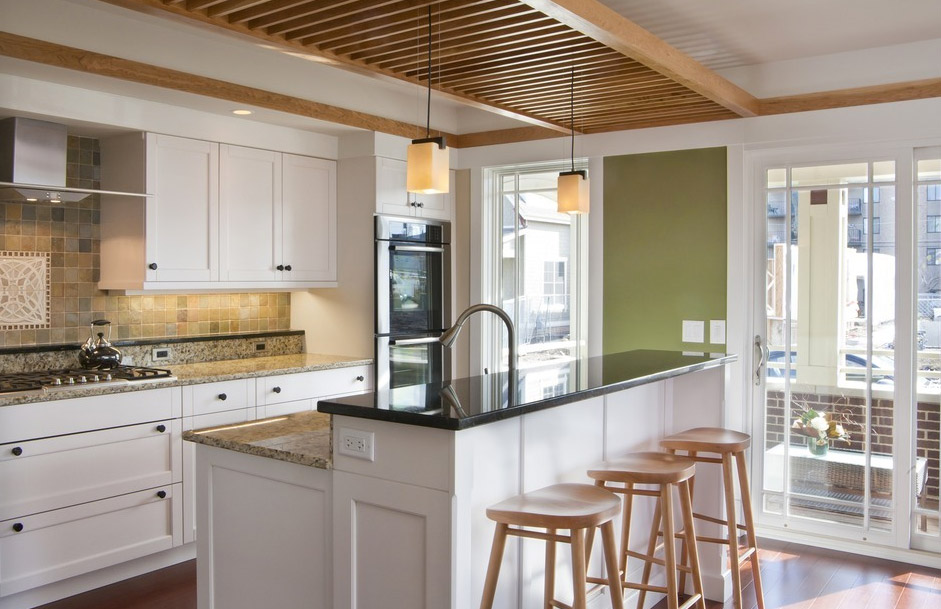

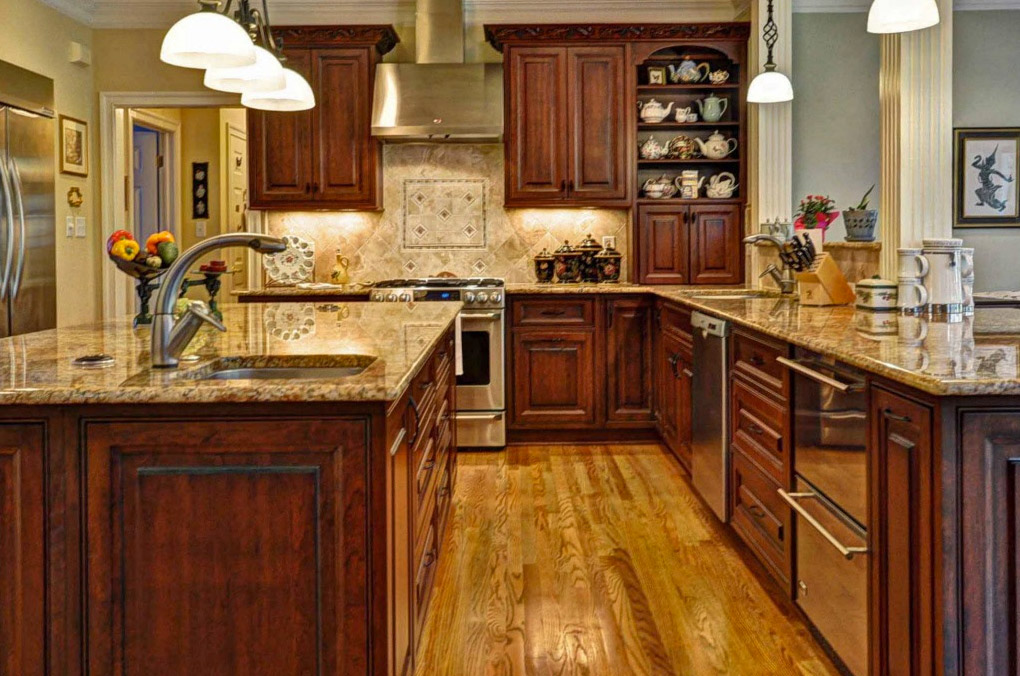


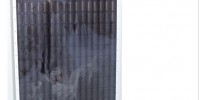
_by_Daryl_Mitchell.jpg)


